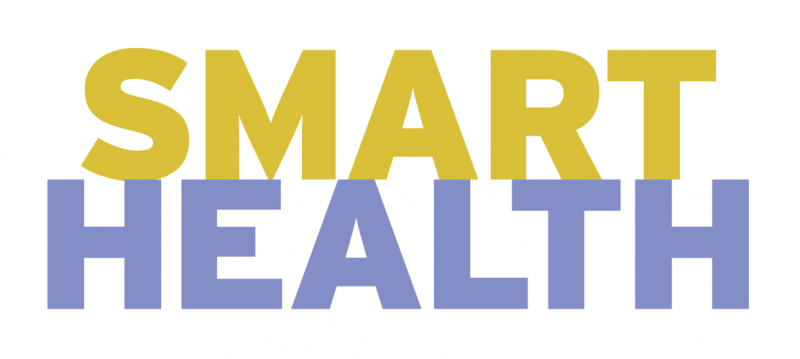Lose the weight—and keep it off

Mindful eating for long-term maintenance
Losing weight is difficult. Keeping it off can be even harder. Many people regain the weight because typical weight loss diets involve drastic, unsustainable changes.
Alternatively, learning to eat “mindfully” can fundamentally shift our relationship with food for long-term weight loss maintenance.
In our busy, convenience-oriented lives, eating has become an automatic behavior. Research shows we make more than 200 eating decisions daily, but we sometimes don’t take time to think about them. Instead, we often eat mindlessly, or out of habit. In a culture where we are surrounded by unhealthy food options, this has understandably led to a lot of weight gain.
How to be mindful
Mindfulness means paying attention, on purpose, to the present moment—without placing judgment. Mindfulness-based approaches have been used with success in the treatment of health issues like stress, depression, eating disorders, and chronic pain. When we apply  mindfulness to eating, it helps us support our long-term health and well-being, because we learn to slow down and recognize when we’re truly hungry and when we’ve had enough to eat.
mindfulness to eating, it helps us support our long-term health and well-being, because we learn to slow down and recognize when we’re truly hungry and when we’ve had enough to eat.
It’s not about meditating over breakfast, but about continually paying attention to how food affects us, so we can make better eating choices. With gentle and attentive practice, we can reprogram the behaviors and reactions that cause us to eat mindlessly. This can lead to lasting changes, from how we react when there’s food in social situations to how we shop for and prepare food.
For more information, some useful resources include The Mindful Diet from Duke Integrative Medicine, search “mindful diet” and the “Am I Hungry?” Mindful Eating Program.
Mindful Eating
It might seem daunting to learn to eat mindfully, but with practice it can become a habit. Here are few tips and resources to get started:
• Before you eat, stop and ask yourself why you’re eating. Is your body actually hungry?
• Your stomach is about the size of your clenched fist, so try to eat just that amount at one time. It takes 20 minutes for the brain to recognize that you are full, so try to wait before getting a second helping.
• Pay attention to physical signs of hunger and fullness. Eat when you’re slightly hungry (not starving), and stop when you don’t feel hungry anymore (not full or stuffed).
• Take time to look at your food, smell your food, and taste your food more slowly to really experience it.
• Minimize distractions (like screens) while eating. Sit down and focus your attention only on your food and your body.
Teresa Lee from the August 2016 issue

